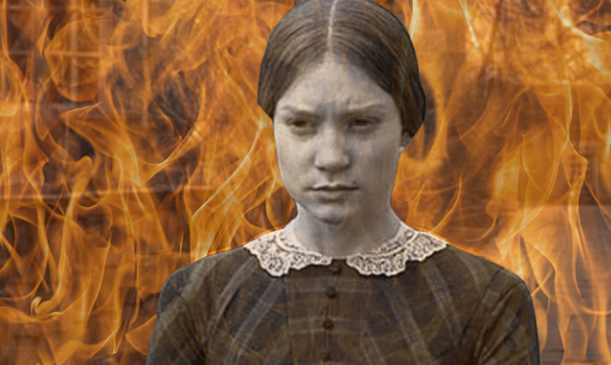The Gothic Villain in Jane Eyre
The exploration of Gothic villains in literature provides deep insights into the fears and societal tensions of the time. In Charlotte Brontë’s “Jane Eyre,” the archetypal Gothic villain embodies emotional turmoil, psychological conflict, and a complex interplay of good and evil. Understanding these characters helps us grasp the intricate themes of the novel and their reflection of Victorian society.
The Archetype of the Gothic Villain
At the heart of “Jane Eyre” is the character of Mr. Rochester, who exhibits many traits of the Gothic villain. His dark history, mysterious background, and brooding persona create an atmosphere of both allure and danger. This complexity makes him a compelling figure; he is not simply a villain but also a tragic hero with deep emotional wounds. Through Rochester, Brontë explores themes of power, redemption, and the consequences of past actions, which resonate with readers even today.
The Role of Bertha Mason
Bertha Mason, often viewed as the true Gothic villain in the narrative, brings an essential layer of complexity to the story. Described as “the madwoman in the attic,” Bertha represents the suppressed female rage and the societal constraints placed upon women during the Victorian era. Her presence raises questions about madness, colonialism, and the treatment of women who do not conform to societal norms. Bertha’s tragic fate serves as a powerful commentary on the ways society demonizes those it cannot understand, making her a symbol of the darker sides of human nature.
Gothic Elements and Their Impact
Gothic elements such as the haunting setting of Thornfield Hall and the atmosphere of mystery add depth and drama to the story. These elements function not only to heighten tension but also to reflect the inner struggles of the characters. The dark, enclosed spaces of Thornfield serve as a metaphor for the emotional confinement that both Jane and Rochester endure. This interplay of setting and character emphasizes the psychological elements of the Gothic genre, creating a haunting tapestry that draws readers into the narrative.
In conclusion, the Gothic villain in “Jane Eyre” serves as a fundamental element that enriches the novel’s themes and emotional depth. By examining characters like Mr. Rochester and Bertha Mason, we can appreciate the intricacies of human nature and the societal constructs that shape our identities. If you’re curious about the Gothic elements in other literary works or want to dive deeper into the analysis of “Jane Eyre,” consider exploring more about the themes of madness and redemption in the Gothic tradition.
